On July 31, Russia’s Ministry of Defense claimed full control over Chasiv Yar—a city near Bakhmut that had been the site of more than a year of fighting. Ukraine’s military command denied the claim, stating that Ukrainian forces continued to hold the city’s western and southern outskirts. However, amid rapidly deteriorating conditions on nearby sections of the front, continued resistance in the city—situated on the elevated terrain of the Donets Ridge and long serving as a natural fortress—has lost its strategic military value. Under pressure from multiple directions, Ukrainian forces are gradually retreating toward the Kramatorsk–Sloviansk agglomeration.
Sixteen months have passed since the assault began. In that time, Chasiv Yar has been all but wiped off the map. We publish drone footage taken on July 24, 2025—one week before Russia’s Defense Ministry declared the city captured.
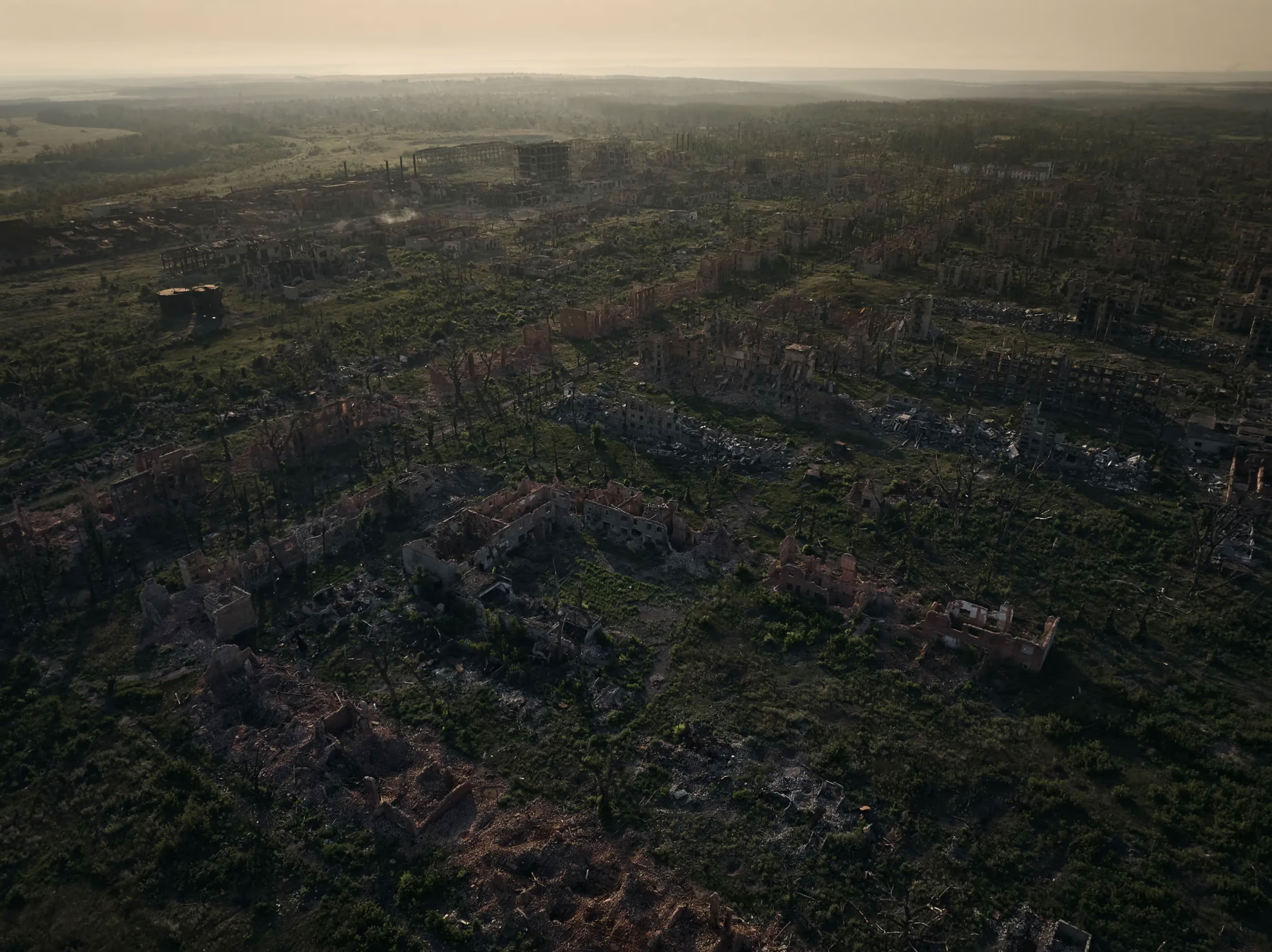
Like many other towns in Donetsk Oblast, the small city of Chasiv Yar grew up around a single enterprise—the Refractory Plant. It processed local clay, mined on the northern edge of town, into construction materials. The plant itself stood at the city’s center, on the highest hill in the area—overlooking Bakhmut to the east and Kostiantynivka to the west. Because of its location, the city was considered a potential gateway for Russian forces to advance into northern Donbas.
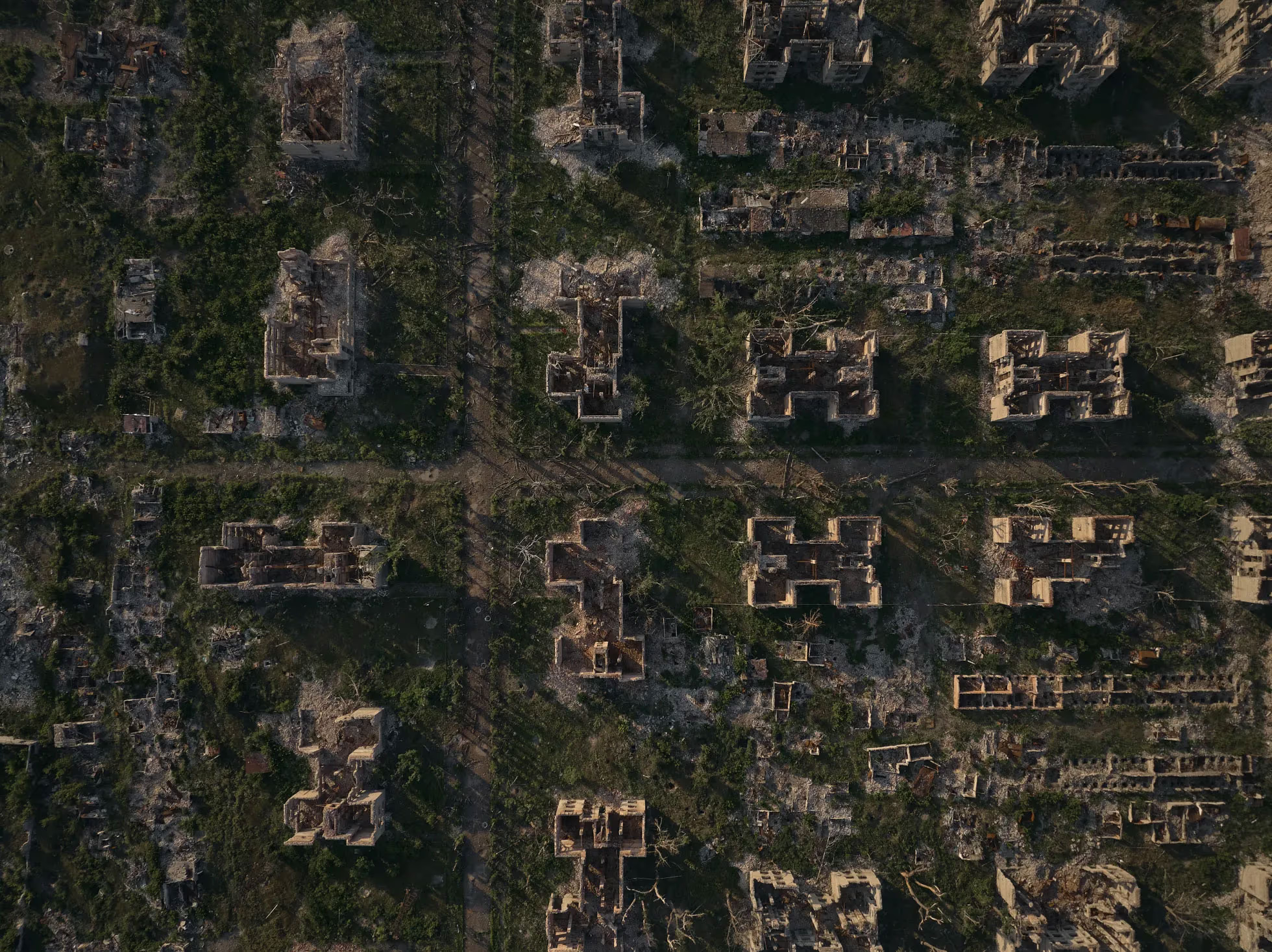
Geography is what made Chasiv Yar a pivotal point in this phase of the war. During the battle for Bakhmut, some Western analysts urged Ukrainian forces to fall back to Chasiv Yar, calling it a natural fortress. To advance, Russian troops first had to cross the Siverskyi Donets–Donbas canal, then fight uphill through dense urban neighborhoods and industrial zones, and finally storm residential areas scattered across wooded terrain.
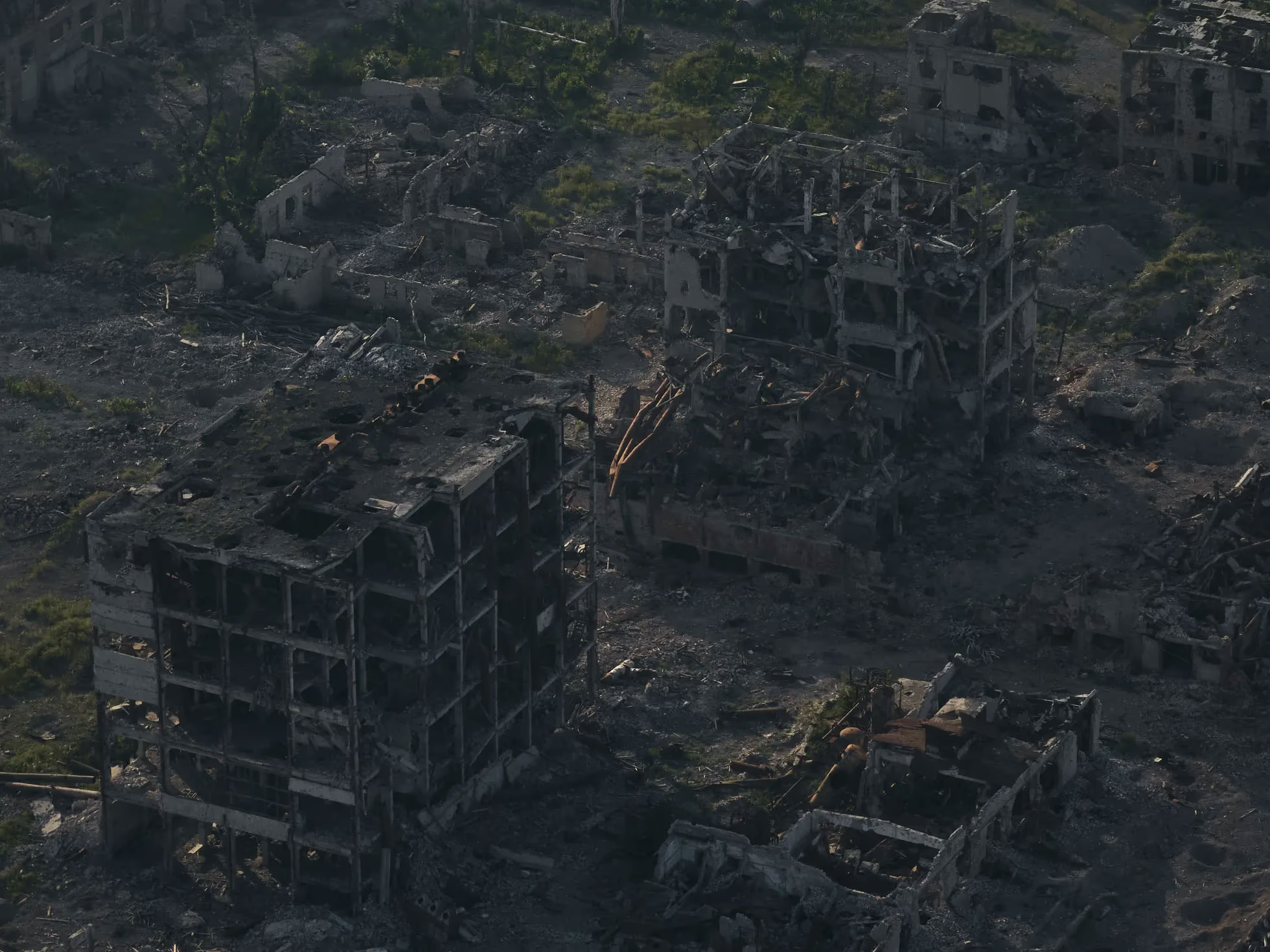
It soon became clear that Russian forces would not break through Chasiv Yar. Attention from both the Russian and Ukrainian commands began to shift elsewhere. Since fall 2024, the area became a kind of reserve donor for other parts of the front—many units from both sides were redeployed, including to the Kursk region. Still, fighting in the city never stopped.
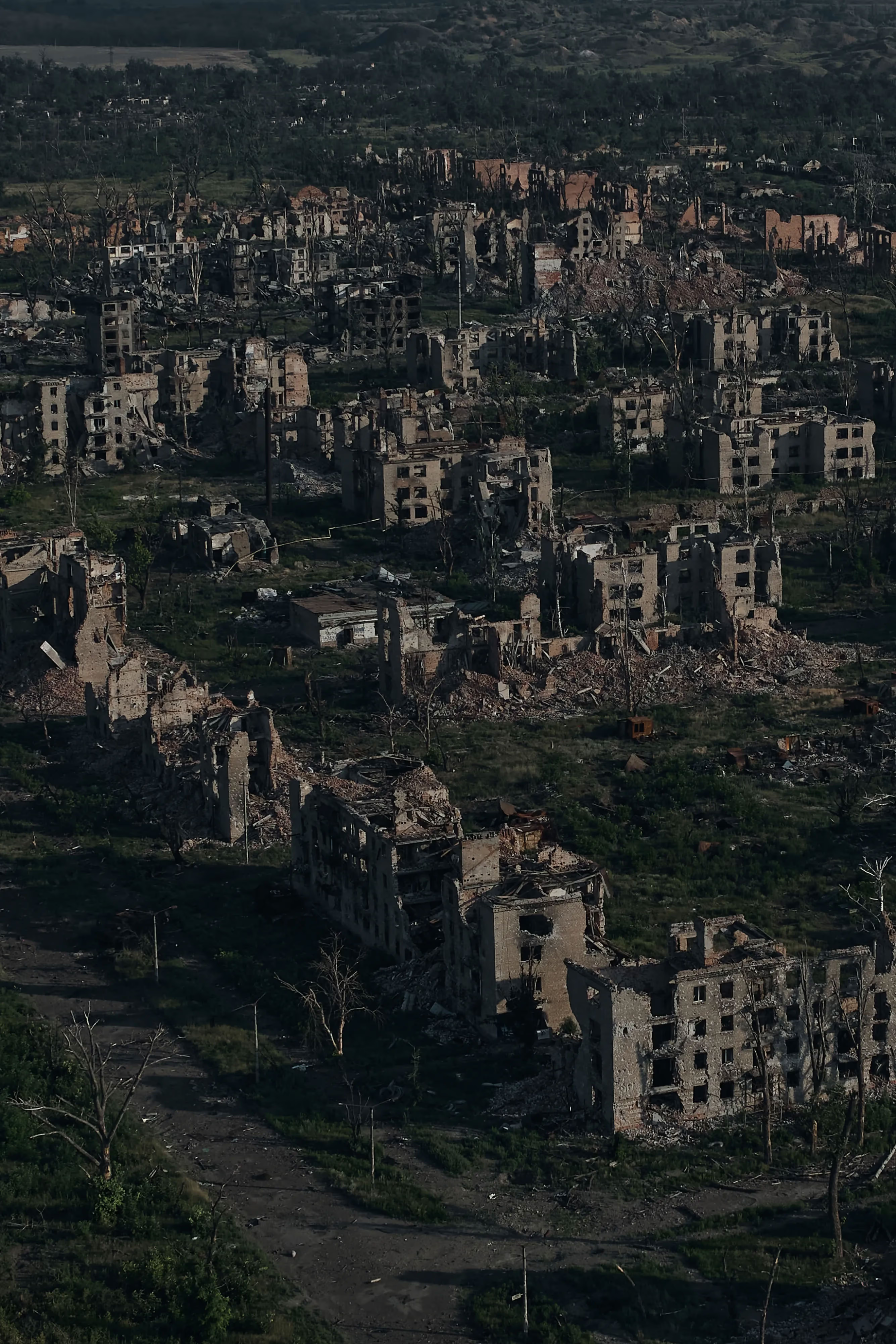
Wagner Group units reached Chasiv Yar as early as 2023. But after they were replaced by regular Russian army forces, the offensive stalled—Ukrainian troops pushed them back in a counterattack. A full-scale assault on the city began only in spring 2024. By then, Ukraine’s Armed Forces had turned high-rises, the Siverskyi Donets–Donbas canal to the west, surrounding forests, and the industrial zone into a heavily fortified stronghold.
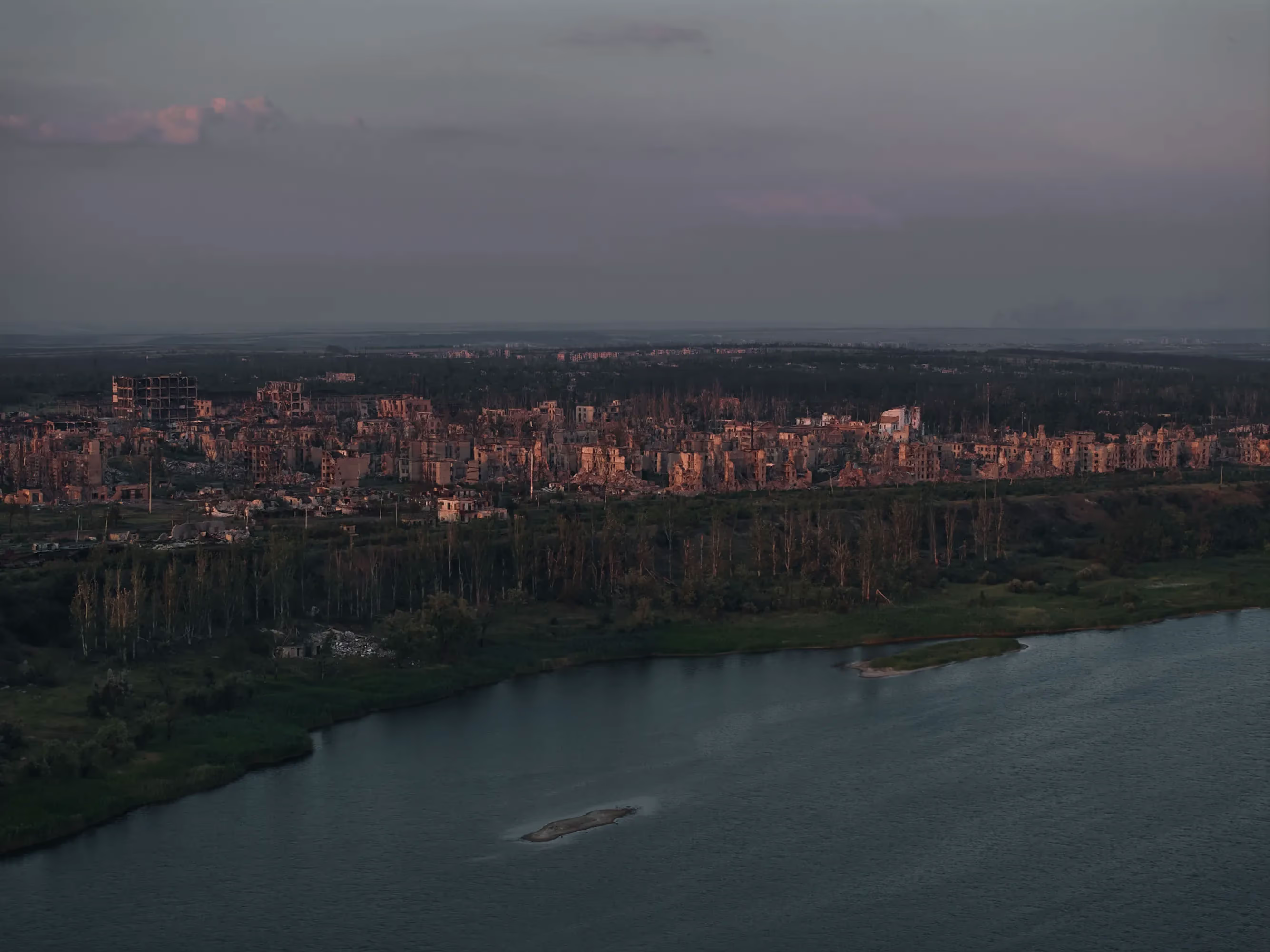
Last winter, Russian forces captured the train station in northern Chasiv Yar, but were unable to dislodge Ukrainian troops from the high-rises. Despite logistical challenges and constant shelling, the Ukrainian military held positions on the city’s outskirts.
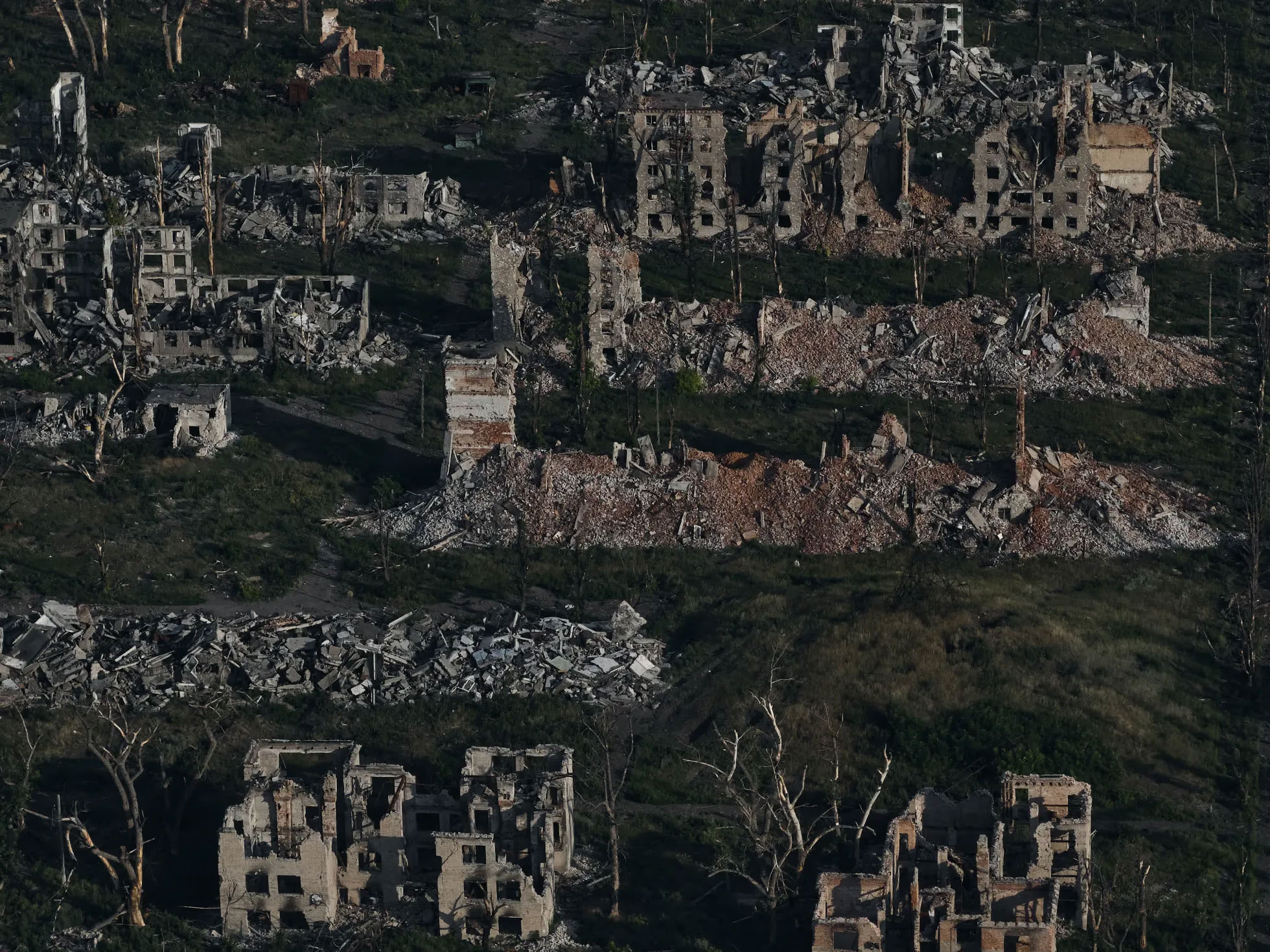
The fall of Chasiv Yar came as a result of Russian advances on adjacent parts of the front. Ukrainian units were forced to leave the basements of ruined buildings and retreat toward Kostiantynivka. Russian forces took control of the city center and most of the southern Shevchenko district, though resistance continues in some areas. Chasiv Yar is now becoming a key staging ground for a possible Russian offensive northward—toward Kramatorsk and Sloviansk.

Look—This Is What War Looks Like

Pokrovsk Is Being Systematically Destroyed
Artillery and Drones Are Reducing Homes to Rubble and Turning Yards into Burial Grounds

Not Yet Surrounded, But Already Cut Off From Normal Life
What Life Is Like Now in Pokrovsk

Cities of Ukraine that no longer exist
The impact of Russia’s War on frontline towns
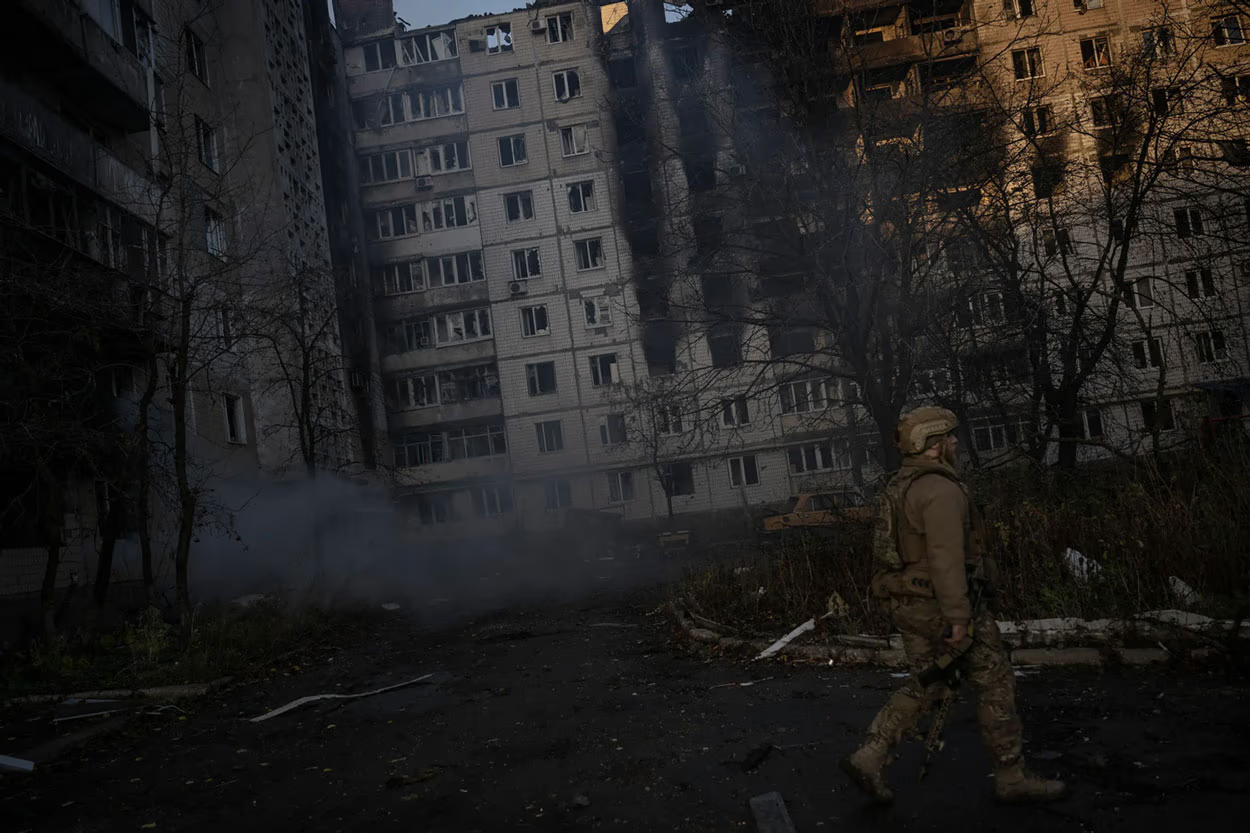
Pain and ruins
What Russia did with Ukrainian cities (and continues to do)

Underground Field Hospital in Eastern Ukraine Saving Hundreds of Lives
Photos by Jerome Starkey
